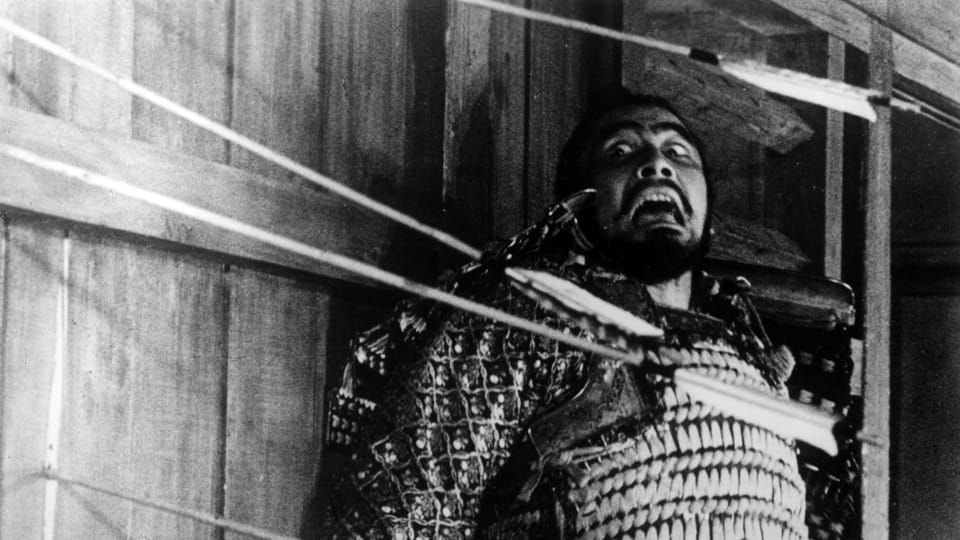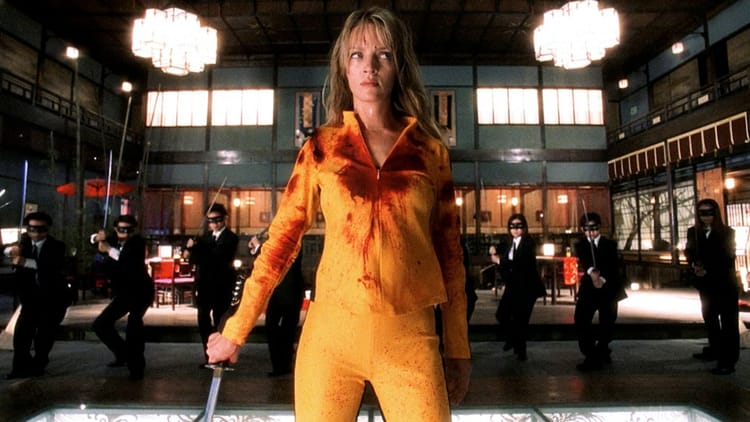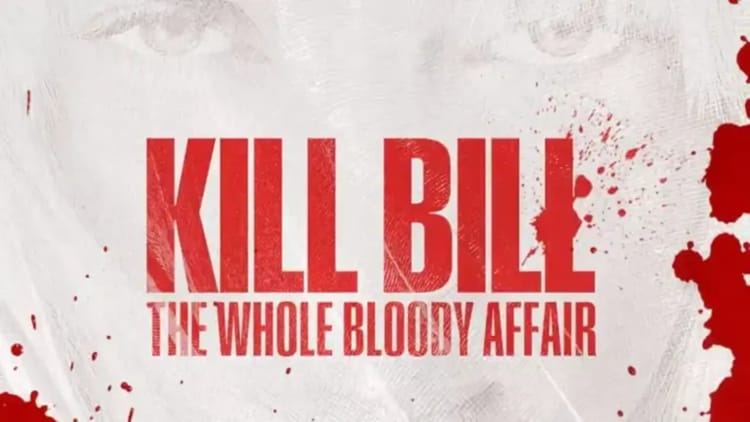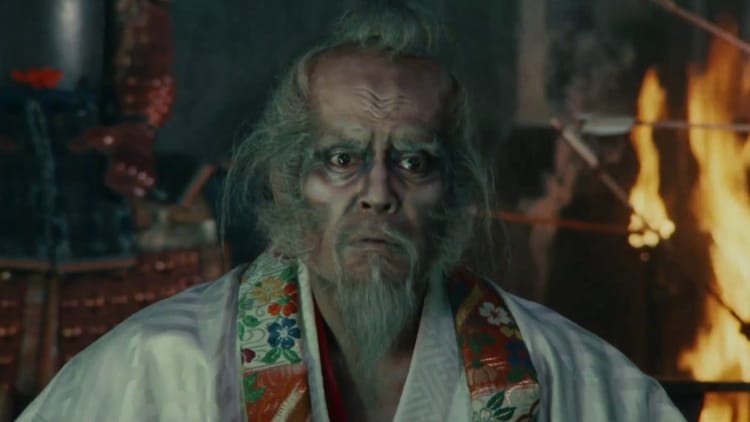Throne of Blood

Akira Kurosawa’s 1957 film Throne of Blood takes the cake. It’s his take on Shakespeare’s Macbeth, and let me tell you, it’s a visual feast. Kurosawa’s visual storytelling is on another level, man. It’s like he’s speaking the same language as Shakespeare but with a Japanese twist.
Right from the get-go, Kurosawa sucks you into his world. You’re riding through misty, rain-soaked forests with his Macbeth, or as he calls him here, Washizu, played by the one and only Toshiro Mifune. The scene’s so precise, so damn perfect, it’ll leave you breathless.
Will it never be gone? The blood. I wash and wash, yet the blood remains — and the smell! Will my hands never again be clean?
Throughout the film, Kurosawa plays with this eerie stillness and explosive action. It’s like he’s conducting a symphony of chaos and calm. Lady Macbeth, or Asaji, with her ghostly white face, gives you the creeps from the get-go. And those scenes with Miki’s horse freaking out before Washizu’s murder? Man, they’re chilling. And don’t even get me started on that funeral procession marching towards the castle gates. It’s like a damn prophecy of doom.
Now, Kurosawa’s been both praised and criticized for being too Western. Some folks say his work ain’t authentically Japanese. But Throne of Blood proves ’em wrong. It’s a blend of East and West that’s pure cinematic gold. And even though some folks in Japan didn’t dig his style at first, Kurosawa stuck with it. With a little help from his friends like Spielberg and Lucas, he kept on going.
Throne of Blood ain’t just a movie, man. It’s a damn masterpiece. It’s Kurosawa at the peak of his game, pushing the boundaries of what cinema can be. So, when you’re talking about the best of the best, Throne of Blood ain’t just in a league of its own; it’s playing a whole different game.





